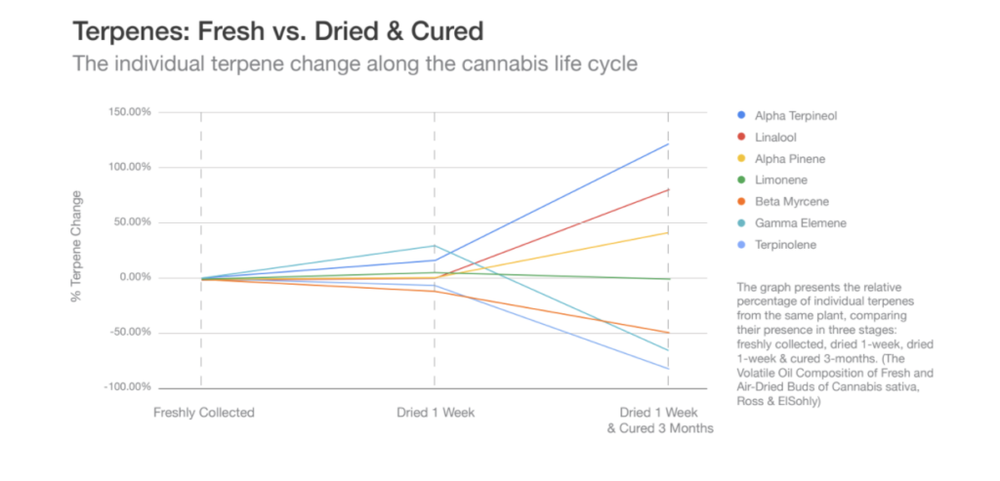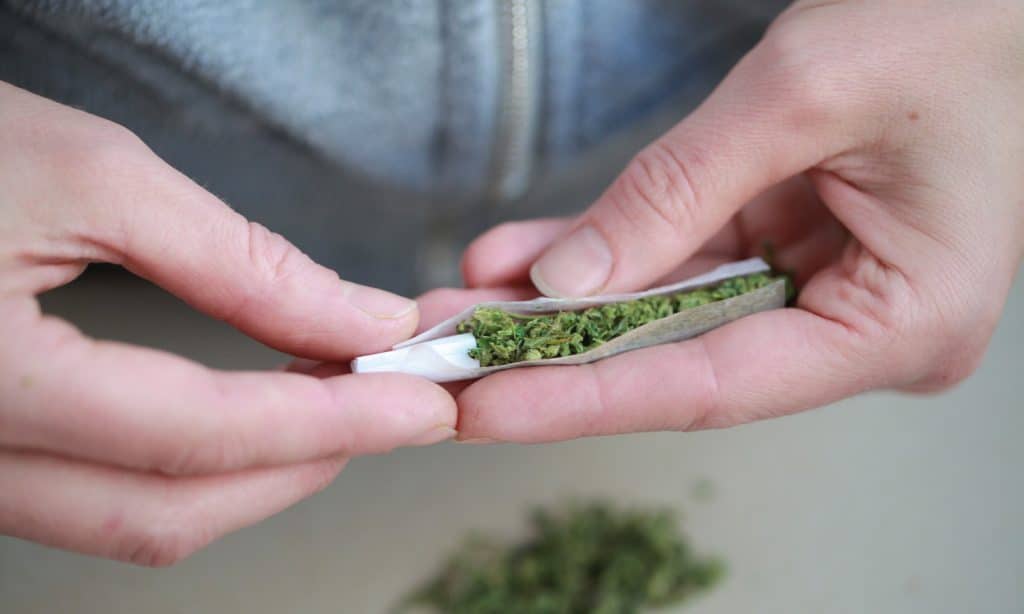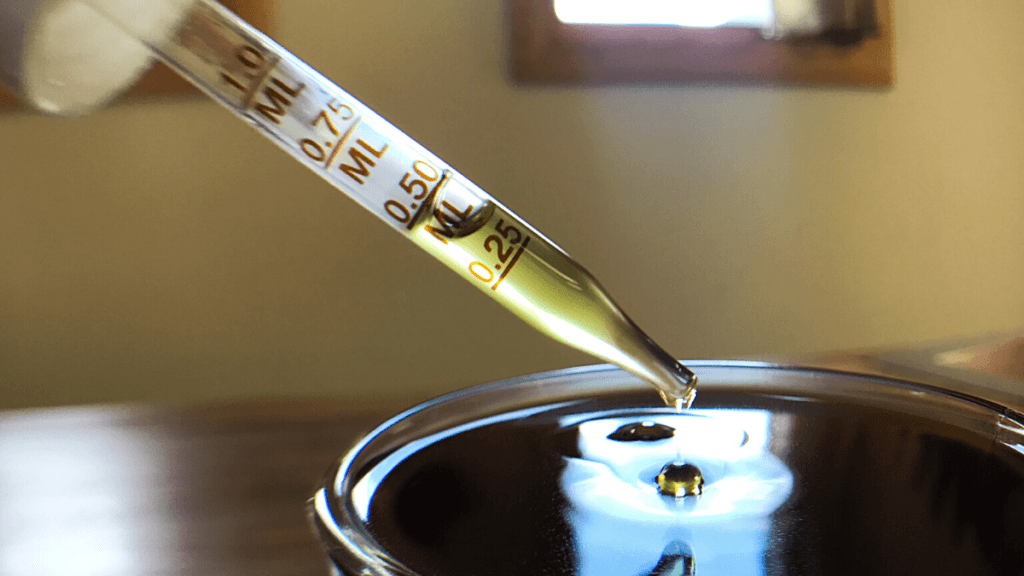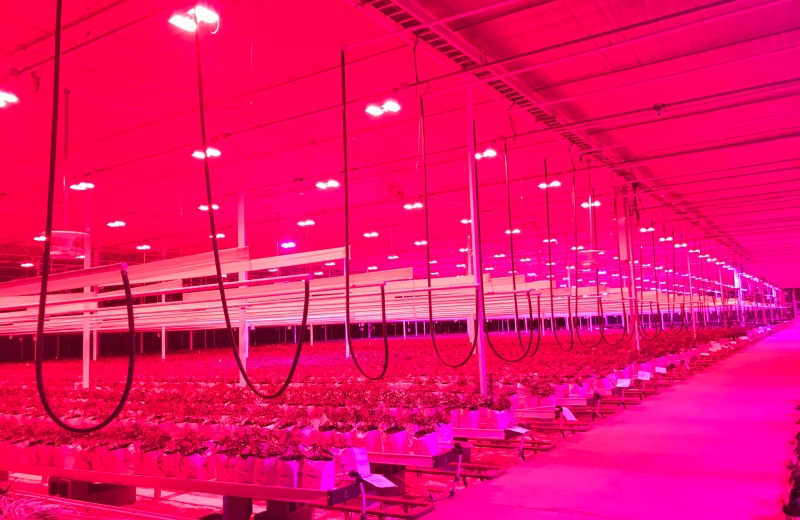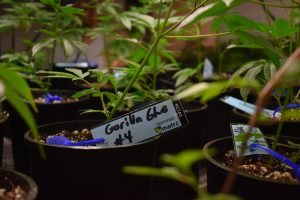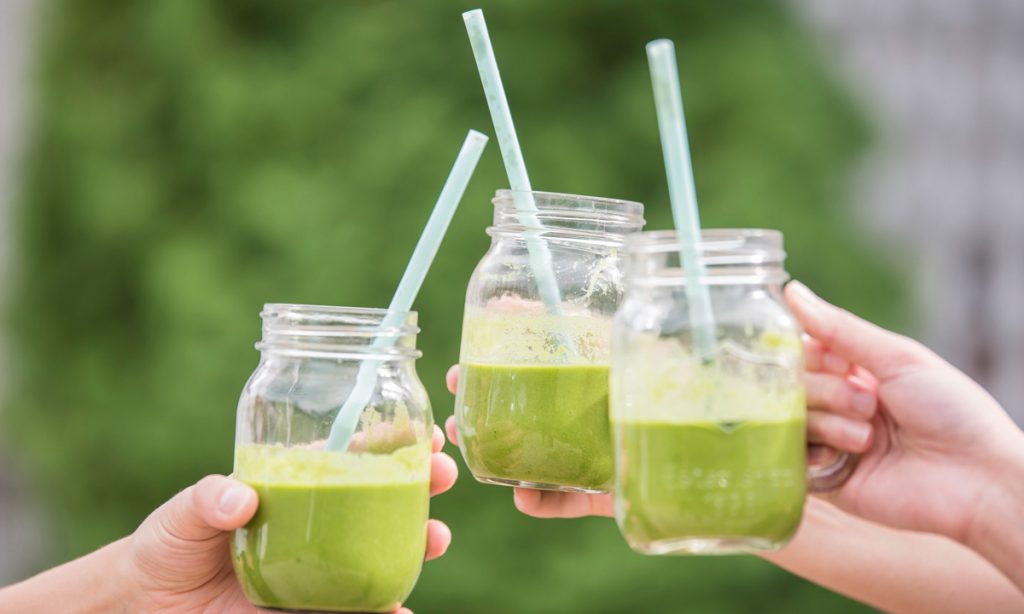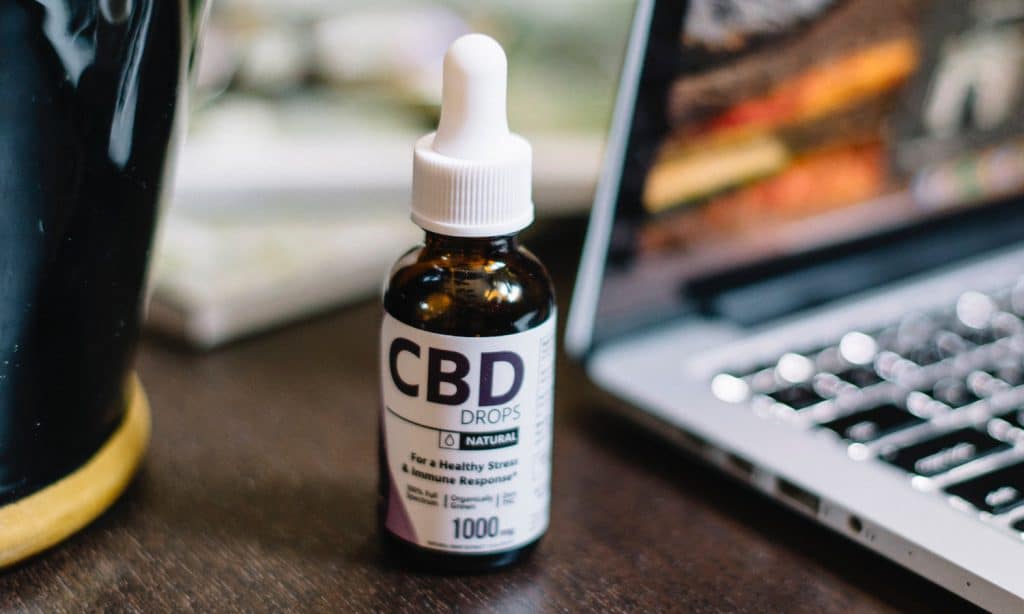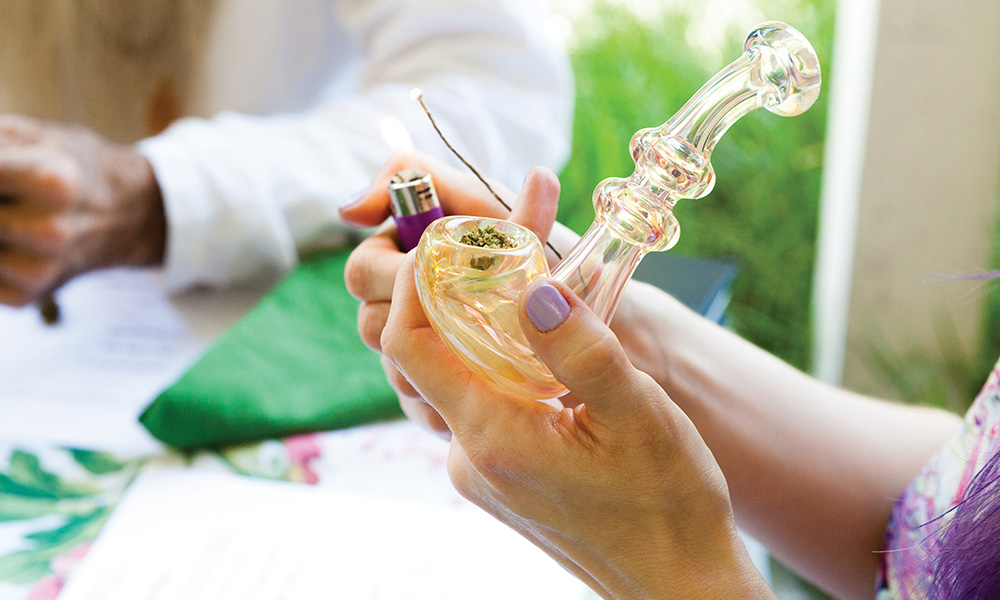Cannabis has been used for its antimicrobial properties for thousands of years, but only recently have these benefits surfaced in Western medicine. A recent study highlights previously unknown antimicrobial properties of cannabis.
While the study focuses on several cannabinoids, it brings out CBG as a cannabinoid to pay attention to in terms of its antibiotic abilities.
What is CBG?
CBG – cannabigerol – is a cannabinoid of the cannabis plant. Unlike it’s counterparts THC and CBD, it is found in only very small quantities, making up approximately 1% of a harvest-ready plant. Like CBD, and unlike THC, it doesn’t produce a psychoactive effect. CBG comes from its acidic precursor, CBGA. CBGA in turn is converted into cannabinoids like THCA – tetrahydrocannabinolic acid, CBDA – cannabidiolic acid, and CBCA – cannabichromenic acid. What is left of the CBGA converts to CBG through decarboxylation. This is why so little of the plant is made of CBG.
CBG has been cited already as an anti-cancer agent, and now adds antibiotic to its repertoire of uses.



